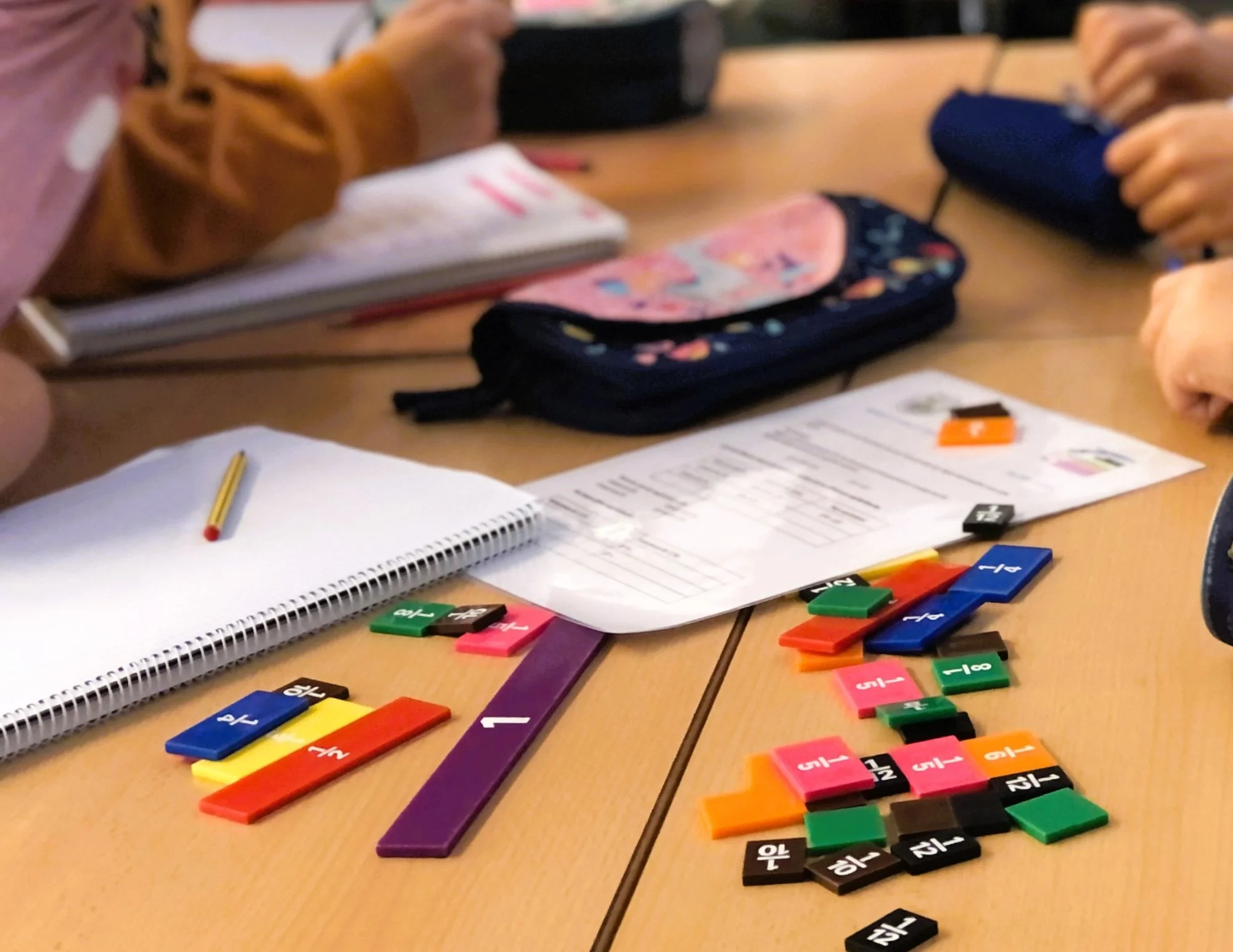For many, the holiday season can feel like a whirlwind of events, activities, and to-do lists that are longer than usual. Worse still, heightened stress and a cultural emphasis on consumerism can take away from moments that are meant to be magical and shift the focus from generosity to materialism. Ironically, however, the true meaning behind all the noise and chaos is quite simple: a revitalized emphasis on spending time with those we love, the magic of giving, and a deep sense of gratitude.
Amid the hustle and bustle, parents have a unique opportunity to create experiences for their families that are intentionally rooted in the holiday spirit, and each day presents new ways to model what that looks like in action. It’s no secret that children are watching and listening: every time the adults in their lives focus on what’s truly important, create intentional space for connection and rest, navigate the overwhelm with grace and compassion, prioritize how they give and show up for others over what they’re putting on their own wishlists, and express gratitude for all the miracles of life (no matter how big or small).
PRESENCE OVER PRESENTS
While traditionally nonstop and full of shopping, holiday itineraries can refocus on connection by simplifying commitments and focusing on time spent rather than dollars. Even subtle shifts can help reduce stress and highlight the significance of how families use their time together. As an added bonus, a mindful approach to the holidays can help model essential executive functions, such as intentional planning, emotional regulation, and self-awareness.
Digital Detox Hour: Establish a specific time each day where all screens are put away. Use this time as a family to commit to uninterrupted conversation, board games, or collaborative holiday preparations. Removing digital distractions encourages active listening and deepens interpersonal bonds.
Intentional Downtime: Instead of rushing to the next activity, schedule slow mornings or evenings dedicated to a simple, shared activity, such as making pancakes together, reading a festive book, or simply enjoying conversation by the fireplace. Unhurried moments allow the nervous system to regulate and create a sense of calm.
Collaborative Creation: To help combat consumerism culture, gifts can be centered around experiences or homemade items. Working together on a project - such as baking cookies for neighbors, creating handmade ornaments, or writing cards - fosters teamwork and a sense of shared accomplishment. The process itself becomes a memorable bonding activity.
GRATITUDE, SERVICE, & STORIES
Contrary to pop culture and most advertisements, the true holiday spirit is characterized by an appreciation for what one has and the importance of giving to others. Intentional practices of gratitude can help children and young adults cultivate empathy and a wider perspective. Plus, encouraging them to participate in the process of gift-giving helps them discover that every act of generosity is its own special kind of gift. Especially for children, giving doesn’t have to mean ‘money.’ Kind words, acts of service, homemade gifts, and messages of gratitude are simple expressions of love that empower them to give, too - no bank account required.
The Daily Gratitude Jar: For the month of December, decorate a large family jar and keep slips of paper available in a clear, accessible area. Each day, family members write down one thing they are grateful for or a kindness they gave/received. Reading these together on a specific evening or New Year's Day highlights the abundance and positivity present in everyone’s lives.
Meaningful Acts of Service: While donating money or resources is always needed and helpful, actively participating in acts of service allows children to experience the tangible impact of giving, reinforcing the value of community and compassion. Wherever possible, try to make time to volunteer together or select a family to support through a local charity and do the shopping as a collaborative effort.
Reflective Storytelling: During family meals, encourage everyone to share memories about past holiday experiences or traditions from their own childhoods. Intergenerational story-telling also connects children to their family's history and nurtures an appreciation for their roots.
Connection, not commotion, allows us to celebrate in a way that is both value-aligned and enduring. When all is said and done, this period will be remembered not for what was received, but for what was felt, and all of these moments - though fleeting - can become some of their most treasured memories. With a little thought and effort, this season offers a powerful opportunity to strengthen family connection and closeness, as well as build a foundation for lifelong traditions grounded in gratitude and generosity.
Written by Brandi R.




















